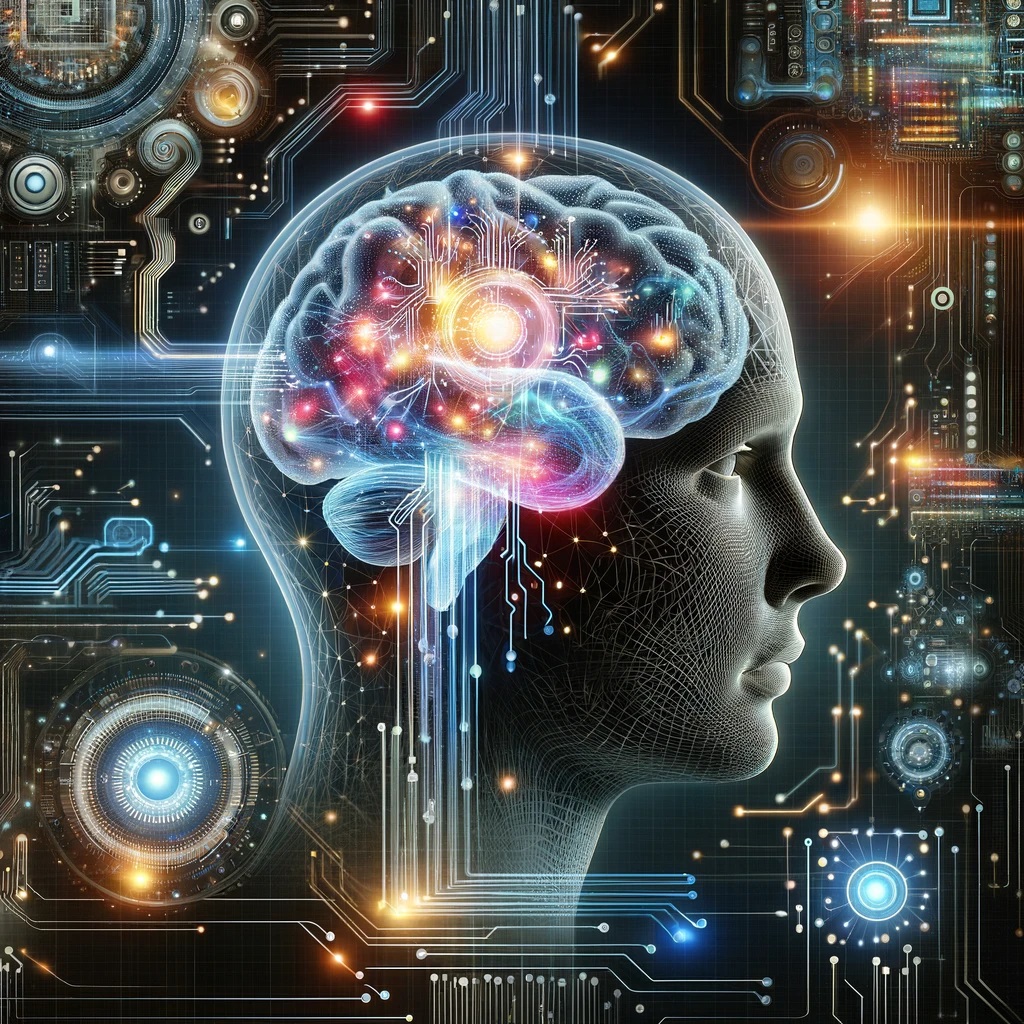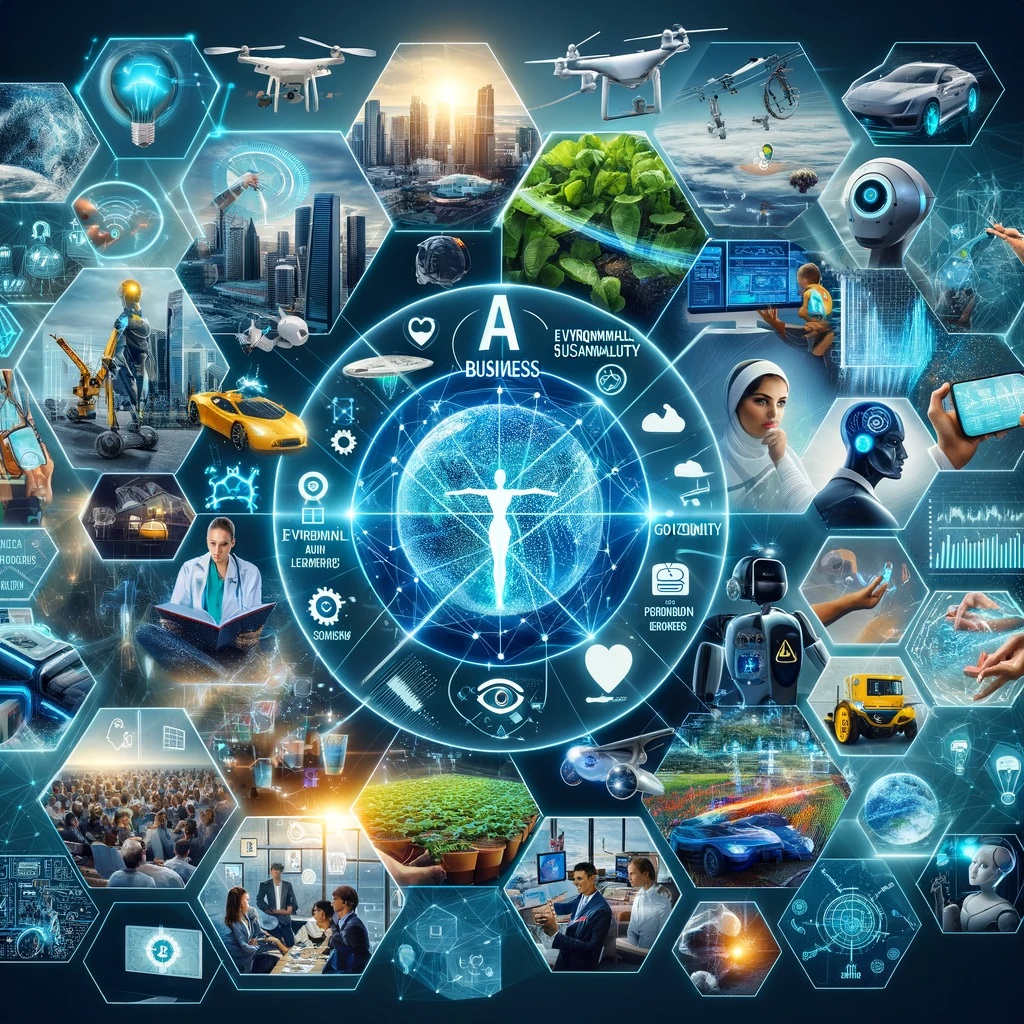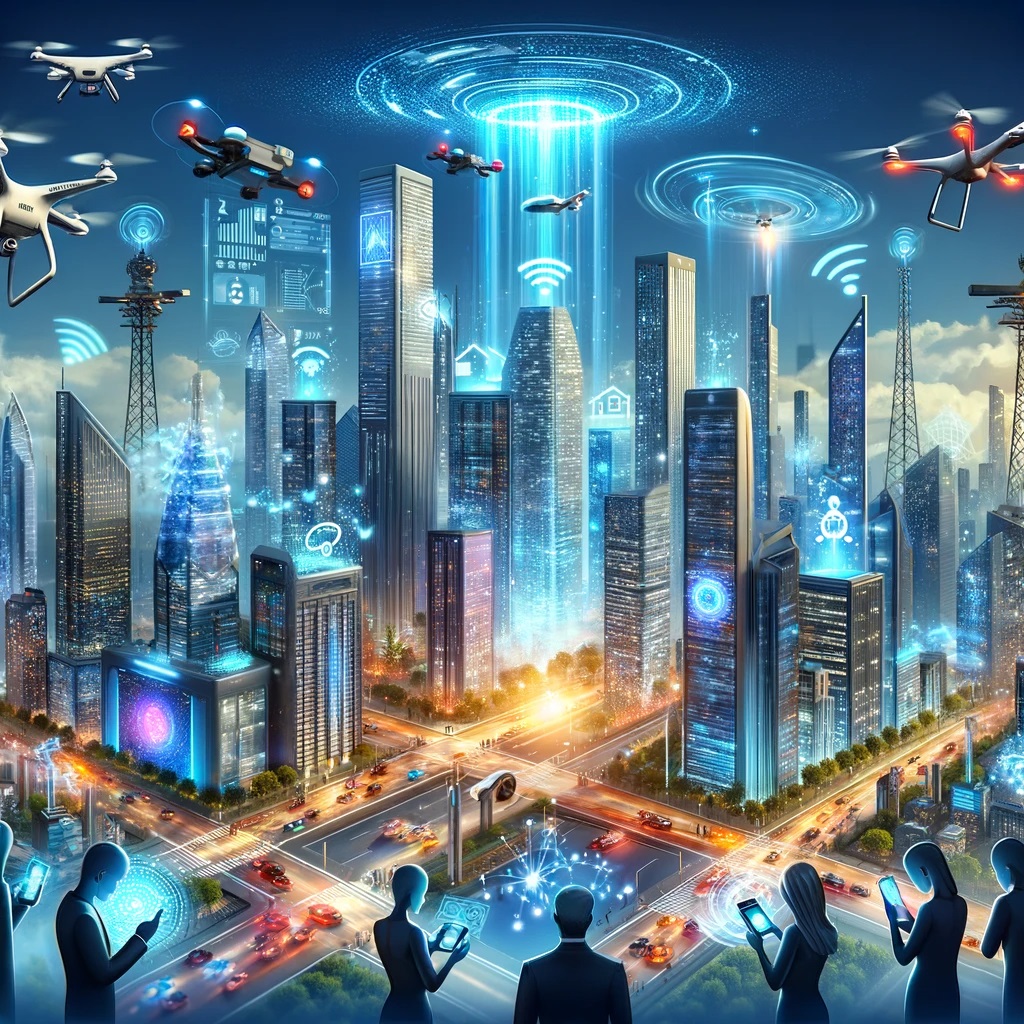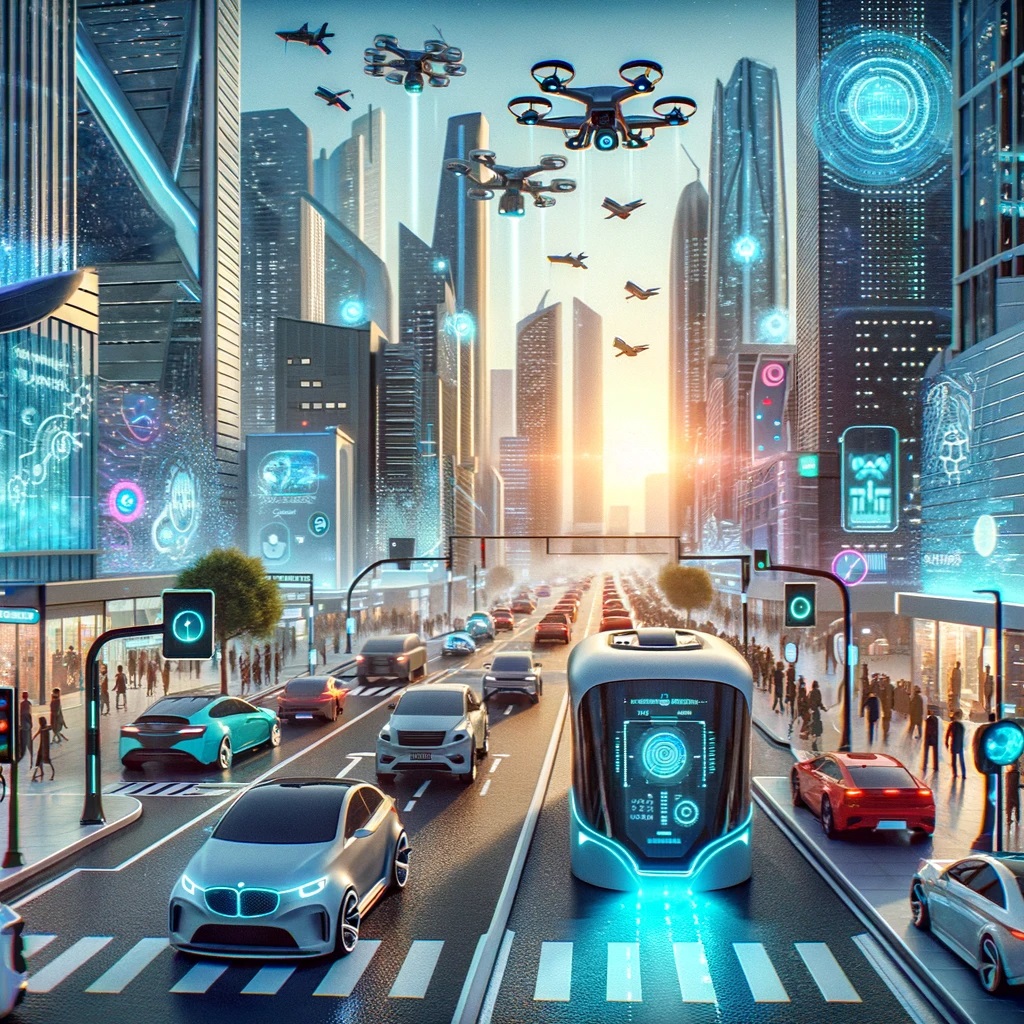Artificial Intelligence (AI) is a branch of computer science that aims to create machines capable of intelligent behavior. AI aspires to simulate human intelligence in machines, enabling them to perform tasks that would typically require human intellect and reasoning. This encompasses abilities such as problem-solving, learning from experience, recognizing patterns, and understanding natural language. AI systems range from simple rule-based algorithms to complex neural networks and deep learning models. Understanding AI’s definition and scope is crucial for comprehending its role in technology and society.
The evolution of AI is a fascinating journey that dates back to the mid-20th century. It began with the theoretical foundations laid by pioneers like Alan Turing, who proposed the concept of a machine that could simulate human intelligence. Over time, AI has progressed through various phases, marked by significant developments like the creation of the first neural networks in the 1950s, periods of reduced interest and funding known as AI winters, and a resurgence in the 21st century driven by increased computational power and data availability. Today, AI is a vibrant field with applications ranging from voice assistants to autonomous vehicles, demonstrating its far-reaching impact.
What is Artificial Intelligence?
Artificial Intelligence (AI) is a branch of computer science that aims to create machines capable of intelligent behavior. At its core, AI seeks to simulate human intelligence in machines, enabling them to perform tasks that would typically require human intellect and reasoning. This includes problem-solving, learning from experience, recognizing patterns, and understanding natural language. AI systems range from simple, rule-based algorithms to complex neural networks and deep learning models. Understanding AI’s definition and scope is crucial for grasping its role in technology and society.
The Evolution of AI (From Theory to Modern Applications)
The history of AI is a fascinating journey that dates back to the mid-20th century. It began with the theoretical underpinnings laid by pioneers like Alan Turing, who proposed the concept of a machine that could simulate human intelligence. Since then, AI has evolved through various phases, marked by significant developments like the creation of the first neural networks in the 1950s, the AI winter periods when funding and interest waned, and the resurgence in the 21st century driven by increased computational power and data availability. Today, AI is a vibrant field with applications ranging from voice assistants to autonomous vehicles, illustrating its far-reaching impact.
How Does Machine Learning Power AI?
Machine learning (ML) is a subset of AI that focuses on the development of systems that can learn from and make decisions based on data. Unlike traditional programming, where humans explicitly define the rules, ML enables machines to learn these rules from data. Key types of machine learning include supervised learning, where the system learns from labeled data; unsupervised learning, which involves finding patterns in unlabeled data; and reinforcement learning, where systems learn through trial and error. Machine learning is the driving force behind many of today’s AI advancements, making it a fundamental aspect of the field.
Understanding Neural Networks The Brains Behind AI
Neural networks are a key AI technology that mimics the structure and function of the human brain. They consist of layers of interconnected nodes, or “neurons,” that process and transmit information. These networks learn by adjusting the strength of connections based on the data they process, a method inspired by the way neurons in the brain strengthen or weaken their connections. Neural networks are particularly adept at tasks like image and speech recognition, making them a cornerstone of many AI systems.
Key Algorithms That Drive AI Functionality
AI operates on a range of algorithms, each designed for specific tasks. Some of the most important include search algorithms for problem-solving, logistic regression for classification tasks, and clustering algorithms for data analysis. Advanced algorithms like deep learning, which involves deep neural networks, have been crucial in achieving breakthroughs in areas like natural language processing and computer vision. Understanding these algorithms is key to comprehending how AI systems perform complex tasks.
Data Processing in AI (How Information is Utilized)
AI’s ability to process vast amounts of data is one of its most impressive feats. This involves collecting data, cleaning it to remove inaccuracies or inconsistencies, and then analyzing it to extract insights. AI systems use various techniques for data processing, such as data mining to discover patterns and predictive modeling to forecast future trends. The effectiveness of an AI system heavily depends on the quality and quantity of the data it processes.
Ethical Considerations and Challenges in AI
The rise of AI has brought with it a host of ethical considerations and challenges. Issues such as data privacy, algorithmic bias, and the potential for AI to replace human jobs are at the forefront of discussions about AI’s impact on society. Addressing these concerns involves developing ethical guidelines for AI development and use, ensuring transparency in AI systems, and fostering a dialogue between technologists, policymakers, and the public.
Real-World Applications of AI (A Closer Look)
AI’s applications are diverse and growing. AI is used for disease diagnosis and personalized medicine. In finance, it powers fraud detection and algorithmic trading. AI enhances customer experience through personalized recommendations. Autonomous vehicles, smart cities, and virtual assistants are other examples of AI’s transformative potential. These applications illustrate how AI is not just a theoretical concept but a practical technology shaping our world.
The Future of AI (Trends and Predictions)
The future of AI is poised to be even more groundbreaking. Trends to watch include the advancement of AI in quantum computing, which could exponentially increase computing power, the development of more sophisticated natural language processing models, and the expansion of AI in areas like environmental conservation and space exploration. Ethical AI and explainable AI, which focuses on making AI decisions transparent and understandable, are also likely to gain prominence. These trends point to an AI-driven future that is both exciting and challenging.







